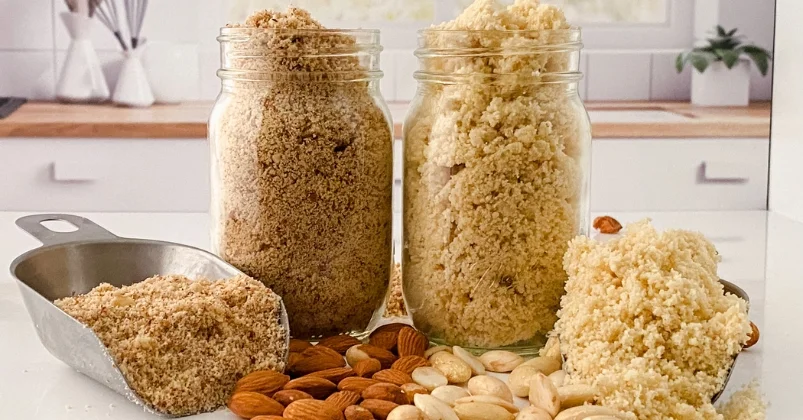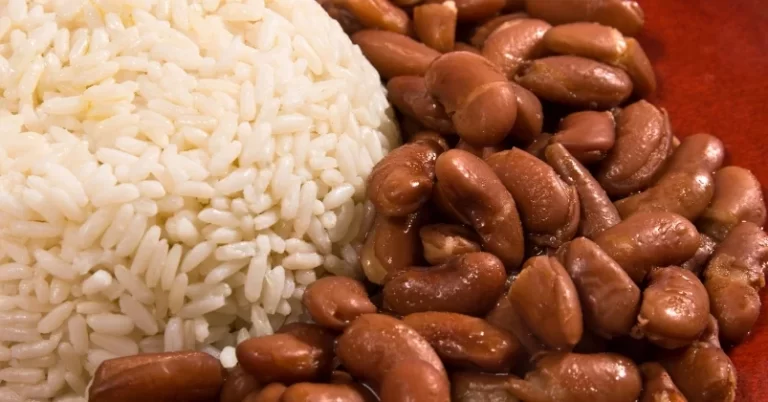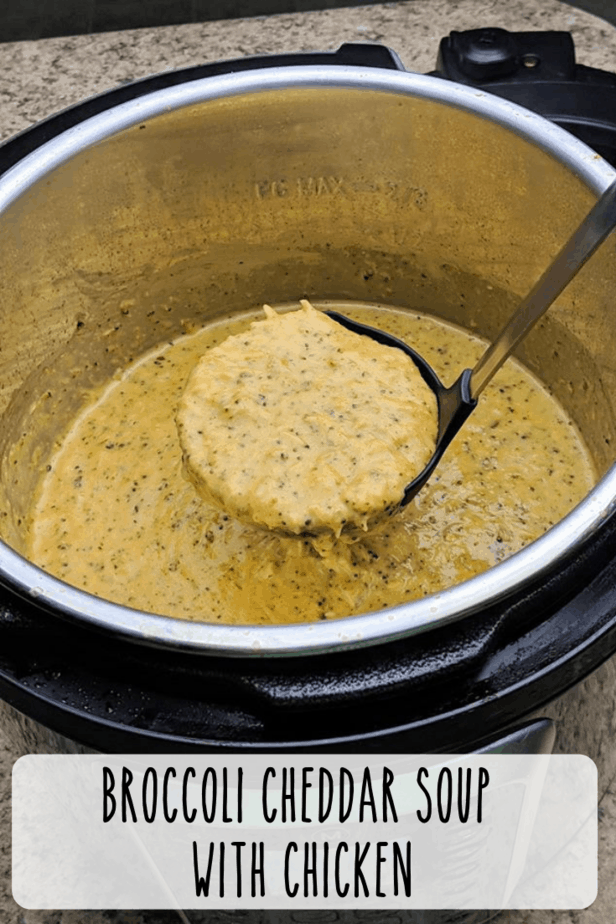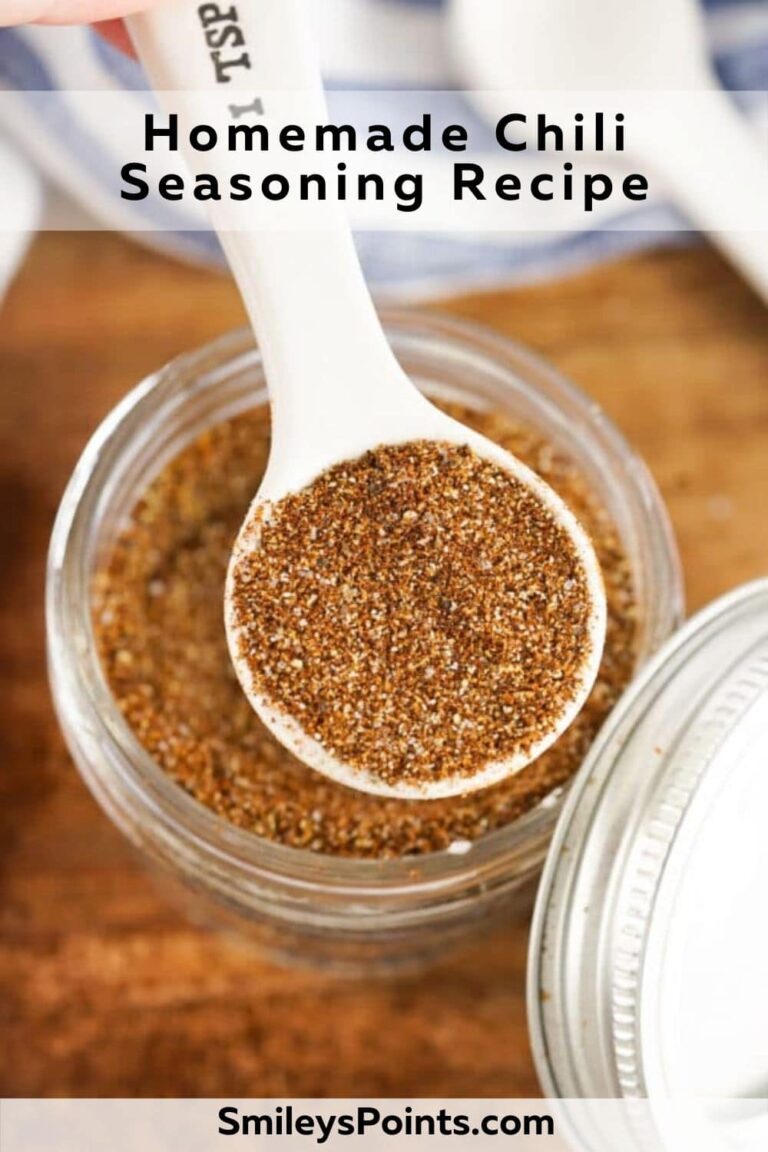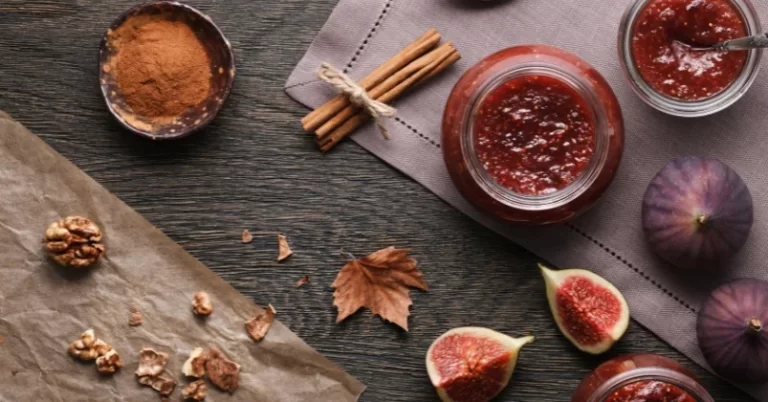Almond Flour
Increasingly, cooks and bakers have been incorporating almond flour as a gluten-free and low-carb substitute for traditional wheat flour in various recipes. This versatile ingredient, made by grinding almonds, imparts a slightly nutty flavor, enhancing both sweet and savory dishes. Moreover, it is also high in protein, healthy fats, and essential vitamins and minerals, making it a nutritious choice for those following a keto or paleo diet or Weight Watchers.
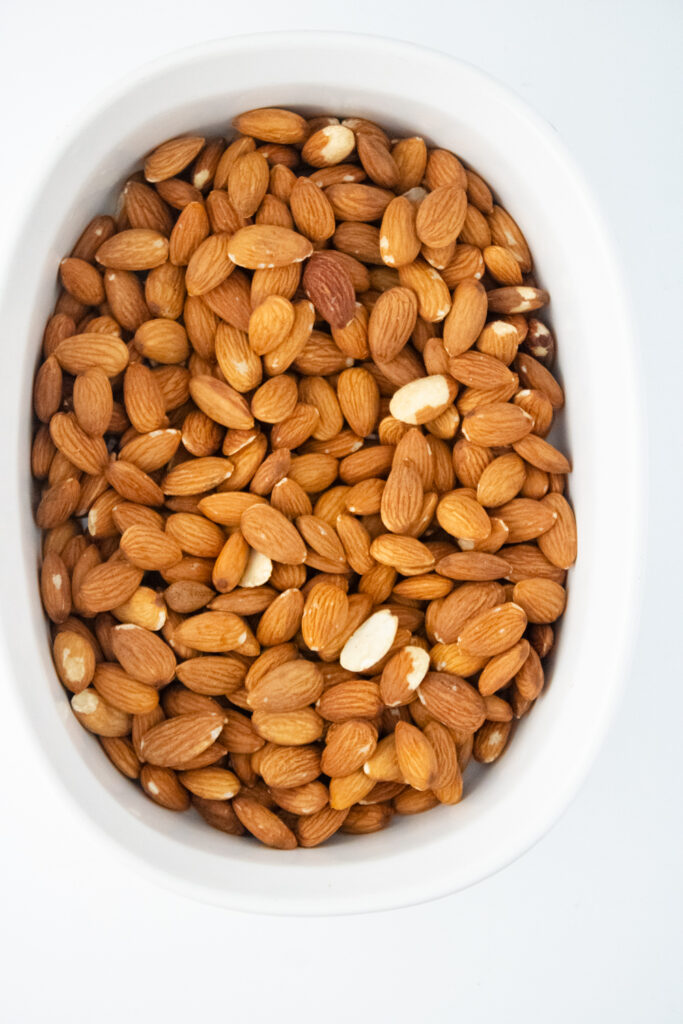
A gluten-free flour made by grinding almonds. To make it, simply grind raw or blanched almonds in a food processor until they reach a fine, powdery consistency.
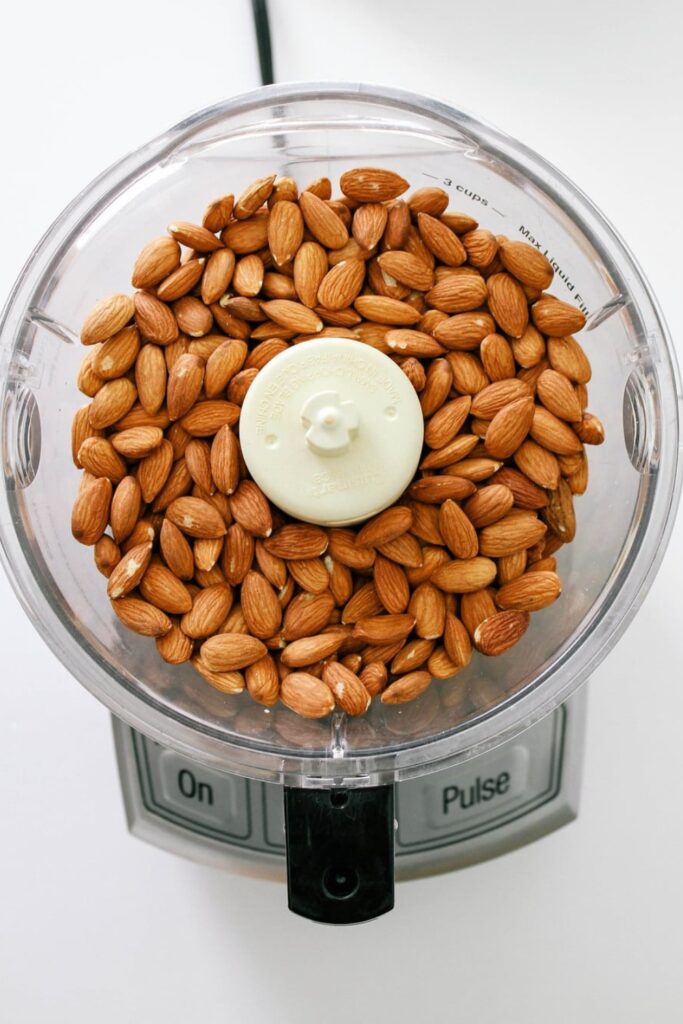
While a food processor is ideal, you can make the flour in a blender, although it may take a bit longer, and you may need to stop and scrape the sides more often.
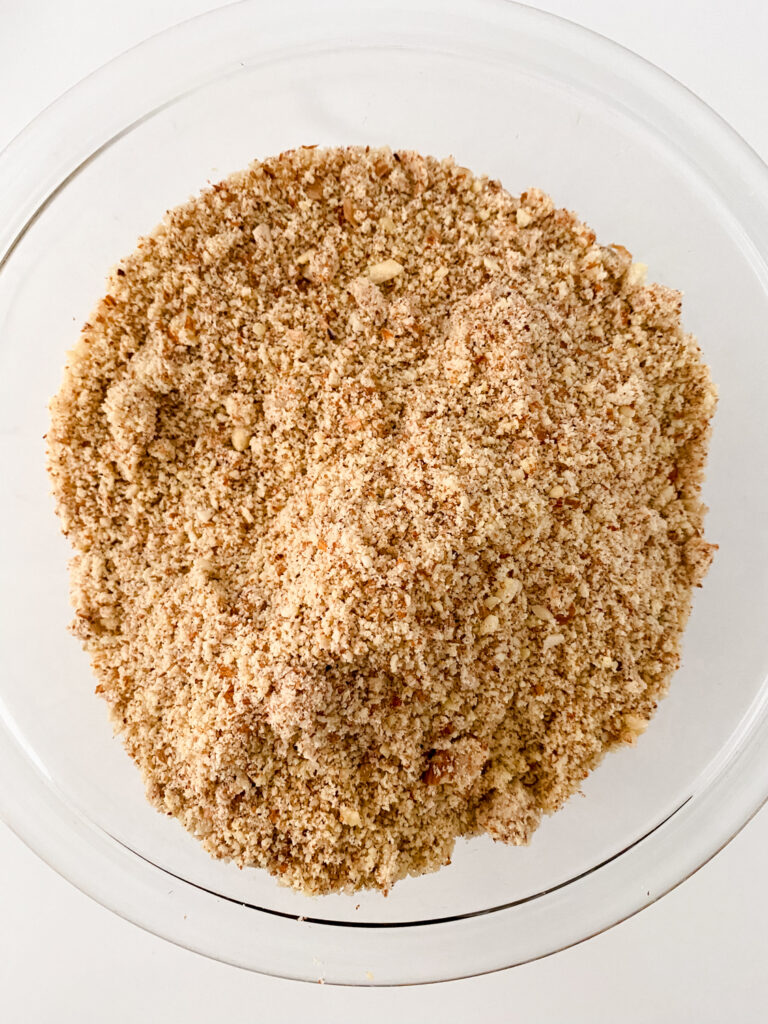
You can usually substitute almond meal for almond flour but note that almond meal is coarser and may result in a slightly different texture in your recipes.
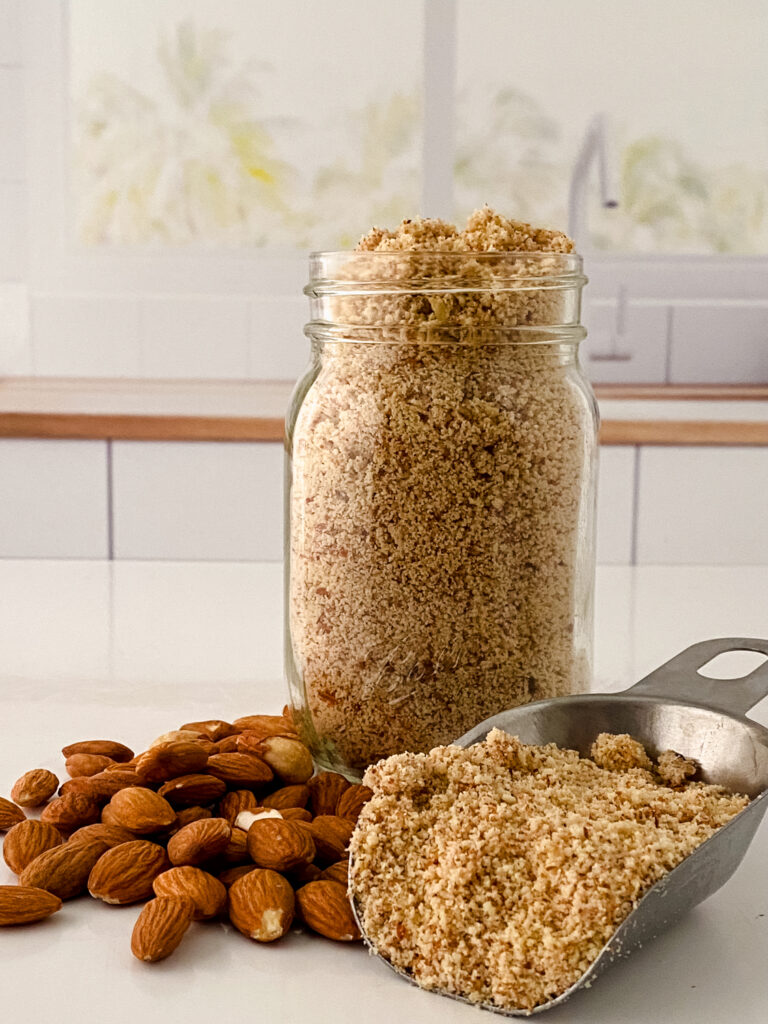
Almond Meal vs. Almond Flour
You may have heard the terms “almond meal” and “almond flour” used interchangeably, but they are actually two different products. Almonds with their skins intact give almond meal its coarser texture, whereas blanched almonds produce almond flour with a finer consistency. Although these two can often interchange in recipes, bakers typically prefer the finer texture of flour ground from blanched almonds for baking.
blanched almond flour
Transforming blanched almonds into flour is a straightforward process. Soaking raw almonds in hot water is a simple yet effective method to enhance their texture and ease the removal of skins, promoting a smoother and creamier consistency in recipes.
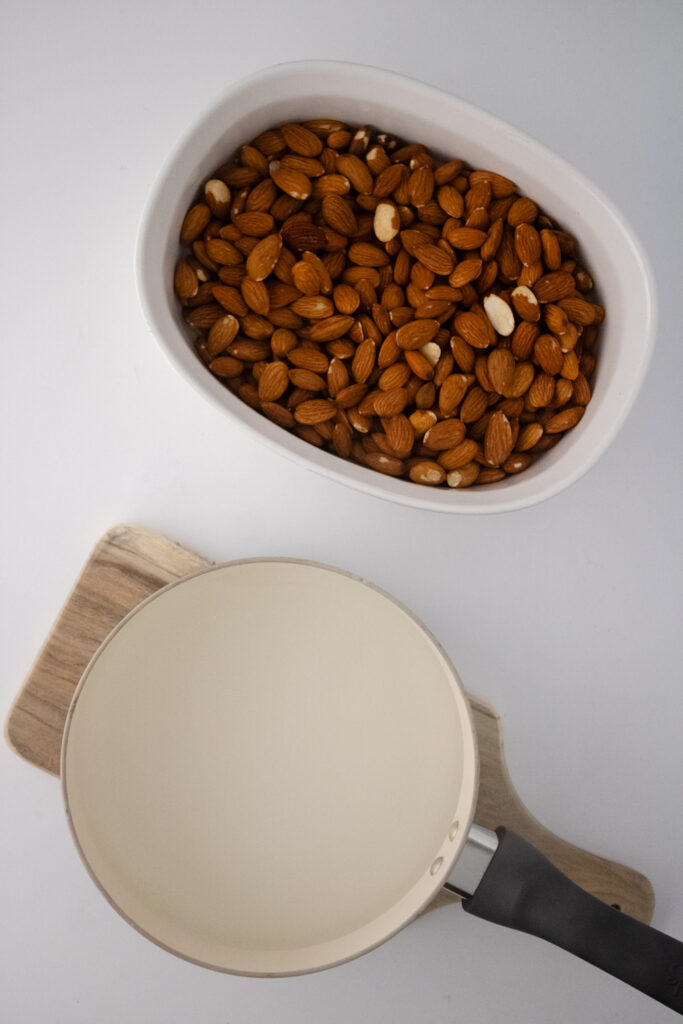
Almond flour is not only delicious, but it also offers a variety of health benefits. It is high in protein, healthy fats, and fiber, making it a great option for those seeking a healthy diet. It is also rich in vitamin E, magnesium, and manganese, which are essential for maintaining strong bones and a healthy immune system.
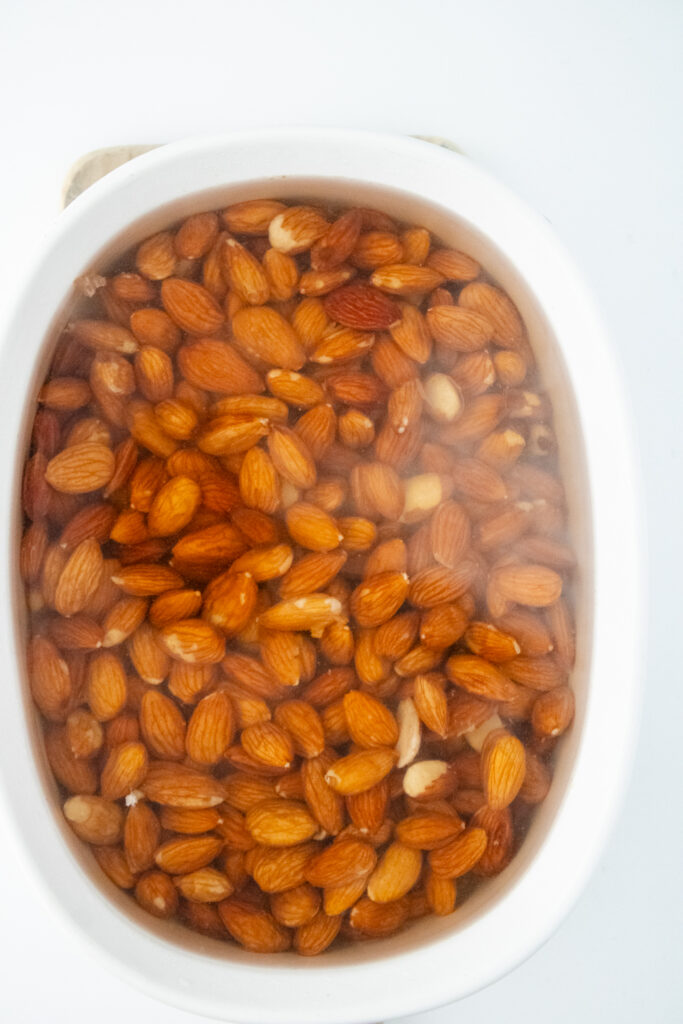
Blanching almonds before grinding is optional. Blanched almonds, which have their skins removed, can result in finer, lighter flour, but raw almonds work as well for a slightly nuttier flavor.
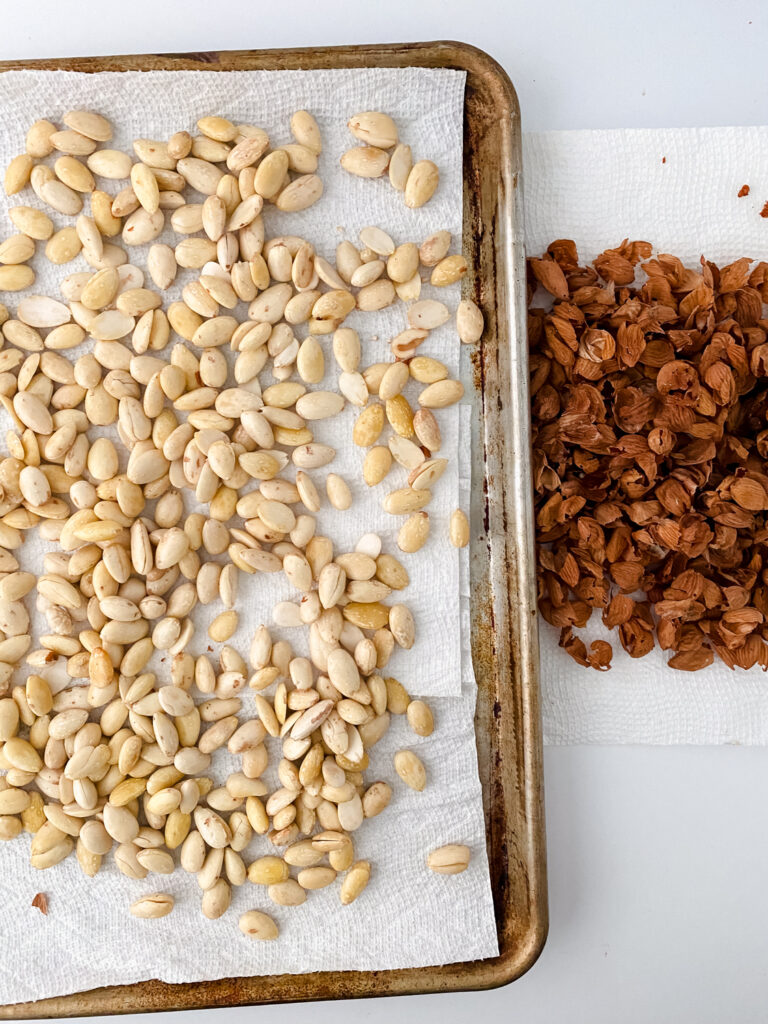
Almond flour is rich in healthy fats, protein, and fiber, making it a nutritious option. It's also lower in carbs and can be a suitable choice for those following low-carb diets. It can be a good option for those following a keto or paleo diet.
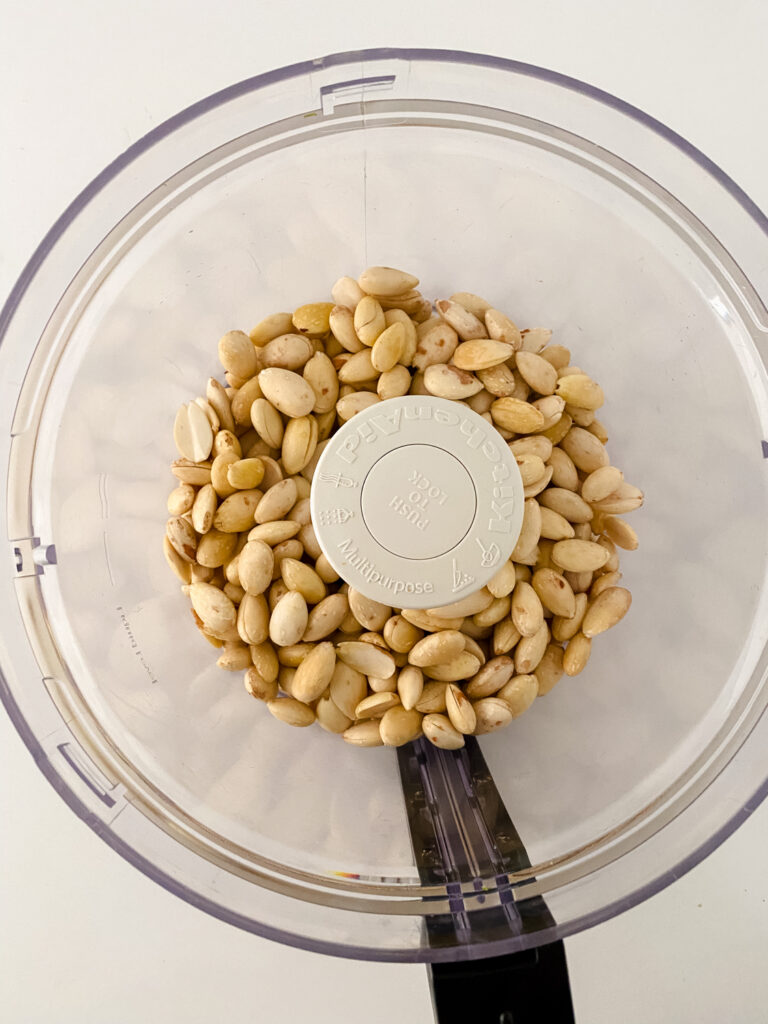
The flour of almond is versatile and can be used in a variety of recipes, such as pancakes and muffins, and as a thickening agent in sauces and soups.
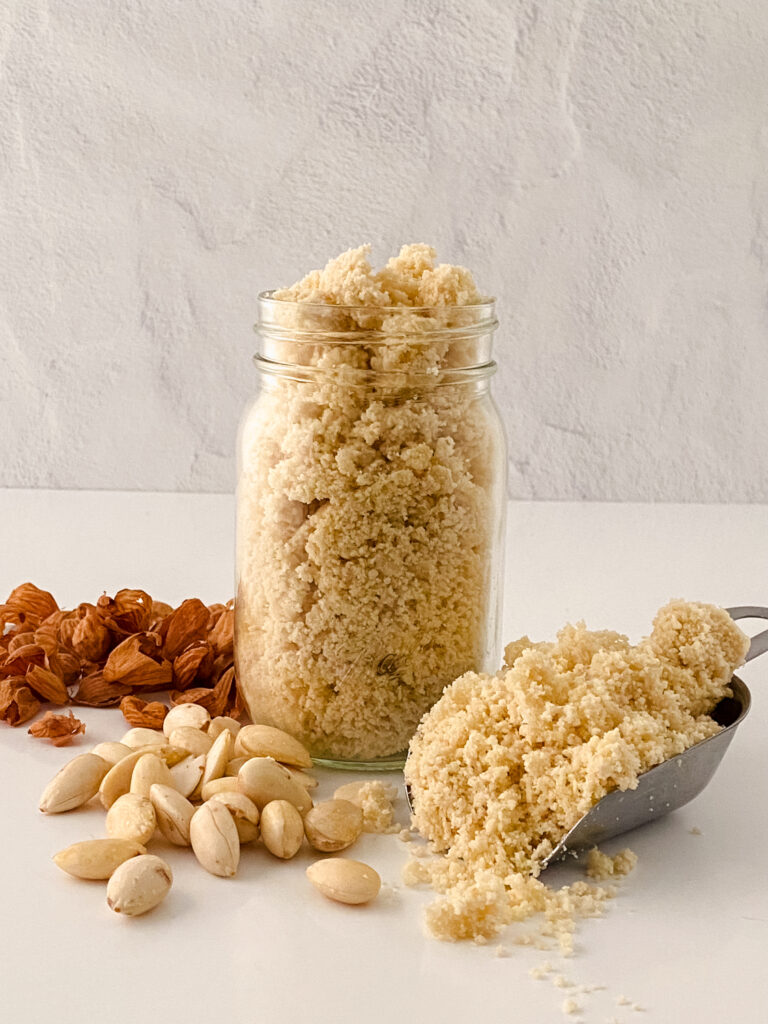
Almond flour can be stored in an airtight container in the refrigerator for up to six months. You can also freeze the flour for longer storage, up to one year. It is important to label and date your flour to ensure freshness.
Print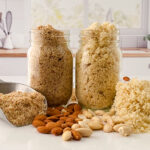
Almond Flour
- Total Time: 10 mins – 6 hours 10 mins
- Yield: 15 cups
Description
Transform raw or blanched almonds into a versatile and gluten-free culinary essential by crafting your own almond flour.
Ingredients
- 30 oz Raw or blanched almonds
- Water (if soaking them)
Instructions
Instructions for Making Raw Almond Flour or Almond Meal
- Add 30 oz of raw almonds to the food processor.
- Blend for 5-7 minutes, stopping halfway to scrape down the sides of the bowl with a silicone spatula.
- Once the almonds have turned into fine flour, remove them from the food processor.
Instructions for Blanching Almonds Before Making Flour
- Boil 2 cups of water in a pot.
- Remove the pot from heat and immediately pour the hot water over the almonds.
- Let the almonds sit in the hot water for 2 minutes.
- Drain the almonds and rinse them under cold water. Then, let them sit in cold water for 5-6 hours or until they can be easily peeled.
- Once the blanched almonds are ready, let them dry for a few hours on paper towels to remove excess moisture.
- Add the blanched almonds to the food processor and blend until you achieve a fine flour.
Notes
Equipment
- Food Processor with the blade attachment
- A silicone spatula
Notes
- If you plan to use the almond flour immediately, store any leftovers in an airtight container in a dark space, such as a pantry, for up to 2 weeks.
- If you're making flour in bulk and don't plan to use it all right away, store it in an airtight container in the freezer for up to a month. Before using, remove the flour and allow it to come to room temperature.
Note: I made this in bulk, so my numbers are high. The average person might typically process 6-15 oz of almonds at a time. This recipe is ideal for health-conscious people looking to incorporate almond flour into their cooking and baking.
- Prep Time: 5 mins – 6 hours
- Cook Time: 5 mins
Keywords: Almond flour, DIY almond flour, how to make almond flour, blanched almond flour

